Highlights from the 2013 festival
Vienna Design Week
-
Design Week opening party
© Kramar / Kollektiv Fischka
-
Ronan Bouroullec workshop
© Kramar / Kollektiv Fischka
-
© Kramar / Kollektiv Fischka
-
ECAL at Vienna Design Week
© Kramar / Kollektiv Fischka
-
Sebastian Herkner for Zur Schwäbischen Jungfrau
© Kramar / Kollektiv Fischka
-
Letter stamps by Sebastian Herkner
© Studio Sebastian Herkner
-
© Kramar / Kollektiv Fischka
-
Bertille + Mathieu for Lobmeyr
© Kramar / Kollektiv Fischka
-
Sugar crystals bei Bertille + Mathieu
© Kramar / Kollektiv Fischka
-
Hilda Hellström for Fessler
© Kramar / Kollektiv Fischka
-
Grand Central project
© Thibault Brevet
-
Grand Central project
© Thibault Brevet
-
Souvenir Transformation Center / Kunstuniversität Linz
© Alexander Maitz
-
Souvenir Transformation Center / Kunstuniversität Linz
© Florian Rainer / Kollektiv Fischk
-
Souvenir Transformation Center / Kunstuniversität Linz
© Florian Rainer / Kollektiv Fischka
-
The Stranger Within hand-knotted rug by Formafantasma at the Greymüllerschlössel
© Katrin Wißkirchen / MAK
-
The Stranger Within exhibition view
© Katrin Wißkirchen / MAK
-
Blue Salon wall detail
© Katrin Wißkirchen / MAK
-
Botanica vase
© Katrin Wißkirchen / MAK
-
Moulding Tradition object series
© Katrin Wißkirchen / MAK
Vienna is a city that embraces both the storied and the new. It counts, for example, among its metropolitan points of pride the graphic tile work of St. Stephen’s Gothic cathedral as well as a growing collection of 21st century architectural landmarks—like Zaha Hadid’s recently revealed, fluidly futuristic Library and Learning Center at the University of Economics and Business. And thanks to the latest edition of the city’s design festival, this happy marriage of the established and the emerging, the traditional and the innovative, has shown itself to be fresher and livelier than ever.
The youthful energy of Vienna Design Week, now in its seventh year, remains an integral part of its charm (and, presumably, one of the reasons the festival has more than tripled visitor attendance, from 12,000 in 2007 to 37,200 in 2012, according to organizers). There is no series of static booths here; the event’s participants and installations are ambitiously spread out across the city, encouraging a broad conversation about design and culture for both the usual design scenesters and—thanks to a welcoming number of studio, shop, and school doors flung open to the early autumn air—the local community. As cofounder Lilli Hollein tells us, “The diversity of people attending Vienna Design Week is as broad as the field of design we present: from children to international design professionals, from luxury to social design, and from universities to hundreds-of-years-old manufacturers.”
Take, for instance, the Passionswege projects; this annual series pairs up-and-coming international talents with venerable Viennese companies and producers. Together, they execute experimental, passion-driven design projects, free of market constraints, and present them in accessible locations across Vienna. This year’s standout couplings included Bertille + Mathieu and glass manufacturer Lobmeyr, Hilda Hellström and tile-stove company E. Fessler, and Sebastian Herkner and linen producer Zur Schwäbischen Jungfrau.
On the famous Kärntner Straße shopping stretch, French-Swiss design duo Bertille + Mathieu transformed Lobmeyr’s iconic, crystal-clad interiors into a whimsical sweetshop. The recent ECAL grads made sugar lollipops on the spot, imprinted with a variety of Lobmeyr glass patterns, which they sold for €1 each—making them, as designer Mathieu Rohrer puts it, “the most accessible Lobmeyr experience and an ephemeral luxury pleasure.” According to Rohrer, their candy land was inspired by the similarities between making sweets and making crystals, the sensual nature of imbibing, and “our wish to open the door to people who would not usually come into this kind of shop, and to offer them a perspective on the amazing Lobmeyr collection.”
Embracing her love of craft, symbolism, and myth, Swedish designer Hilda Hellström devised a heated terra-cotta stove as an interpretation of a fireplace in the home. Calling to mind an oversize board game or a Zen sand garden, the piece was installed in Fessler’s shop patio in the Wieden—or the city’s fourth—district. Its aim? To draw in passersby to stoke the molten pewter and floating aluminum spheres with ceramic tools—thereby evoking a new sensation or conceit of ritual. Asked about her experience, Hellström tells us, “Normally my practice is very craft-based, a straight conversation between my brain and my hands. I’ve learned quite a lot from the process of letting someone else create from my drawings—especially with the amazing craftsmanship of the employees of Fessler, which enabled things I would never have been able to do on my own.”
In the center of the city, on Graben, not far from St. Stephen’s and St. Peter’s, German designer Sebastian Herkner went to work with linen-maker Schwäbische Jungfrau. The company, which dates back to 1720, first launched in a market stall in the Kohlmarkt; today, it’s still known for quality textiles and elaborate monograms and embroidery. For the collaboration, Herkner employed a more contemporary mode of individualization; instead of needle and cotton, he used steam to stamp initials onto fabric napkins, which were then given away to the public, their personalized insignias lasting until the next wash.
Back at the festival’s headquarters, in a converted former elementary school in the fourth district, a series of eclectic design presentations further reinforced the program’s diversity. Highlights included a pop-up hotel room by Urbanauts, a Vienna-based company that transforms unused urban spaces into guest rooms with designs that play homage to the spaces’ earlier incarnations (including, interestingly, a former seamstress shop and artist’s studio).
Usual hotel offerings like a front desk or room service are embedded instead in the surrounding neighborhood; a welcome packet in each stand-alone room includes tips for exploring the city and a map of recommended local restaurants, bars, pharmacies, and more, thereby encouraging guests to get out and interact with the community.
Urbanauts was launched this past summer by a trio of college friends and architects; the company made its debut with a pop-up room for two at a brewery’s concert hall. During the day, the brewery operated normally; at night, its guests tucked themselves in beneath the hall’s 30-foot ceilings. For Vienna Design Week, Urbanauts converted a former classroom into a usable studio, complete with bedroom, study, and sitting areas, plus access to bikes for cycling around town.
A few classrooms over, the University of Art & Design Lausanne’s (ECAL) presentation included recent grad Thibault Brevet’s Grand Central project—a plotter-cum-guest book that automatically reproduces personal messages audience members submit to a webpage—as well as the results of an exploratory, five-day workshop led by designer Ronan Bouroullec for product design master’s students. Students were tasked with creating tools and scenarios that would produce interesting effects on glassblower Matteo Gonet’s traditional process. Experiments ranged from material combinations—such as glass and copper, or glass and carbon fiber—to changeable molds made of steel rods and wood, whose varying results offer a sense of the process’s dynamic nature.
Meanwhile, around the corner, the department of Space and Design Strategies at the University of Arts and Industrial Design Linz, meanwhile, set up a mock laboratory to demonstrate their Souvenir Transformation Center. When one submits a personal object to the lab—the kind of object that you don’t need anymore but somehow can’t force yourself to get rid of—it is transformed in their “machine” to a state of absolute un-usability (read: melted, shredded, etc.). As stone-faced students in white lab coats look on, one’s old key chain or holey sock offers a comical opportunity for reflection on the malleability and value of objects.
A flight down, Viennese designer Talia Radford and media artist Jonas Bohatsch shared their lighthearted ThermoBooth, a photo booth that snaps a pic whenever it registers skin-on-skin contact between two people, then pumps out your photo on the spot using thermal printing technology. The latest step in Radford’s and Bohatsch’s fascination with emotional interactions with electronics, the project is a joint venture between the two and Osram, a manufacturer of optoelectronic semiconductors.
Last but certainly not least, on the western end of town, the always-intriguing Studio Formafantasma carried on the past-meets-present conversation with The Stranger Within, an intervention at the Geymüllerschlössel, the MAK’s satellite exhibition location. Built in the early 1800s as a summer house for merchant Johann Jacob Geymüller (before switching hands numerous times), the Geymüllerschlössel proved a perfect catalyst for the Italian design duo, whose seductive, elegant designs reveal, upon further inspection, complex reflections on past techniques, resources, and relationships in order to inform and inspire current and future practices.
The building’s blend of Gothic, Indian, and Arabic styles echoes the predilection of the time for Oriental cultures, a fad that stood in direct contrast to the modesty of the Biedermeier period. Inspired by the notion of the exotic that is part of the building’s history, Formafantasma juxtaposed their contemporary designs—many of which reference diverse historical and sociological issues ranging from colonialism to craftsmanship—throughout the house. The installation included multiple highlight pieces from the pair’s young career, such as the handicraft artifacts Botanica (2011), as well as the debut of the exhibition’s namesake piece, a totem-like, mask-shaped rug hanging in and inspired by the panoramic tapestry in the Geymüllerschlössel’s Blue Salon. In honor of Design Week, the salon also played host to a thought-provoking dialogue between Formafantasma’s Simone Farresin and Andrea Trimarchi; chief curator of the MAK design collection, Thomas Geisler; gallerist Libby Sellers; and design critic Alice Rawsthorn. The crux of their conversation—and while we’re at it, the festival as a whole—could best be summed up by Farresin’s comment, “As designers, we enjoy helping people look at the world in new ways.”
Until next year!
-
Text by
-
Anna Carnick
Als ehemalige Redakteurin bei Assouline, der Aperture Foundation, Graphis und Clear feiert Anna die großen Künstler. Ihre Artikel erschienen in mehreren angesehenen Kunst- und Kulturpublikationen und sie hat mehr als 20 Bücher herausgegeben. Sie ist die Autorin von Design Voices und Nendo: 10/10 und hat eine Leidenschaft für ein gutes Picknick.
-
Designbegeisterte hier entlang
Slate von Carl Auböck für spoila
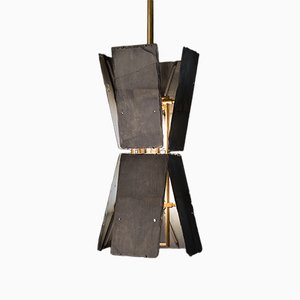
CF02 Tisch von chmara.rosinke

R01-200 Modularer Teppich von chmara.rosinke
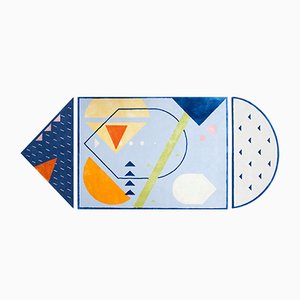
Oda Medium Stehlampe in Rauchgrau & Schwarz von Sebastian Herkner für Pulpo
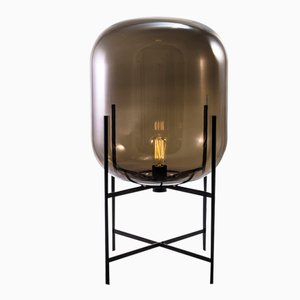
Albeo III Messing Beistelltisch von Irene Maria Ganser
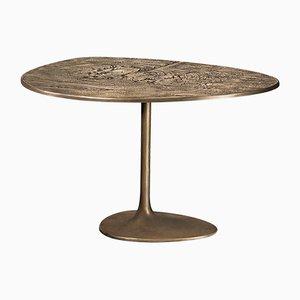
Oda Medium in Schwarz und Weiß von Sebastian Herkner für Pulpo
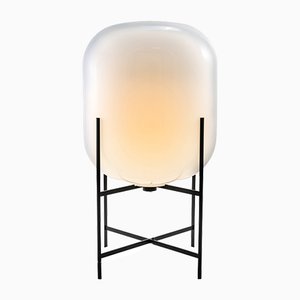
Oda Medium in Bernsteinfarben und Schwarz von Sebastian Herkner für Pulpo

Alphabet Wasserkrug von Formafantasma

Alphabet Wasserglas von Formafantasma
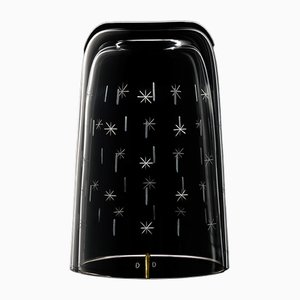
Oda Small in Weiß von Sebastian Herkner für Pulpo

Weißer CF02 Stuhl von chmara.rosinke
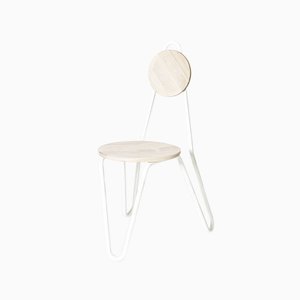
Oda Big in Bersteinfarben und Schwarz von Sebastian Herkner für Pulpo
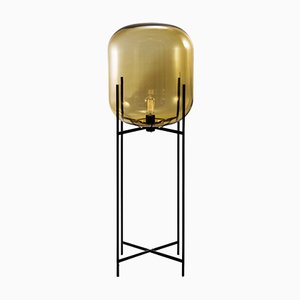
Oda Small in Bernsteinfarben und Schwarz von Sebastian Herkner für Pulpo

Oda Small in Schwarz und Weiß von Sebastian Herkner für Pulpo
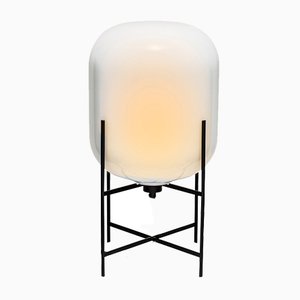
Conchiglia I von Irene Maria Ganser
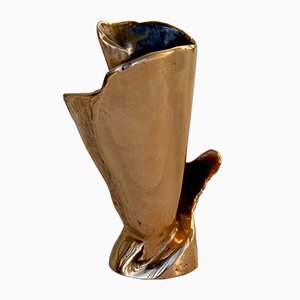





















 This summer's Urbanauts pop-up loft at a former brewery
© Julian Mullan / Urbanauts
This summer's Urbanauts pop-up loft at a former brewery
© Julian Mullan / Urbanauts
 The Seamstress room
© Julian Mullan / Urbanauts
The Seamstress room
© Julian Mullan / Urbanauts
